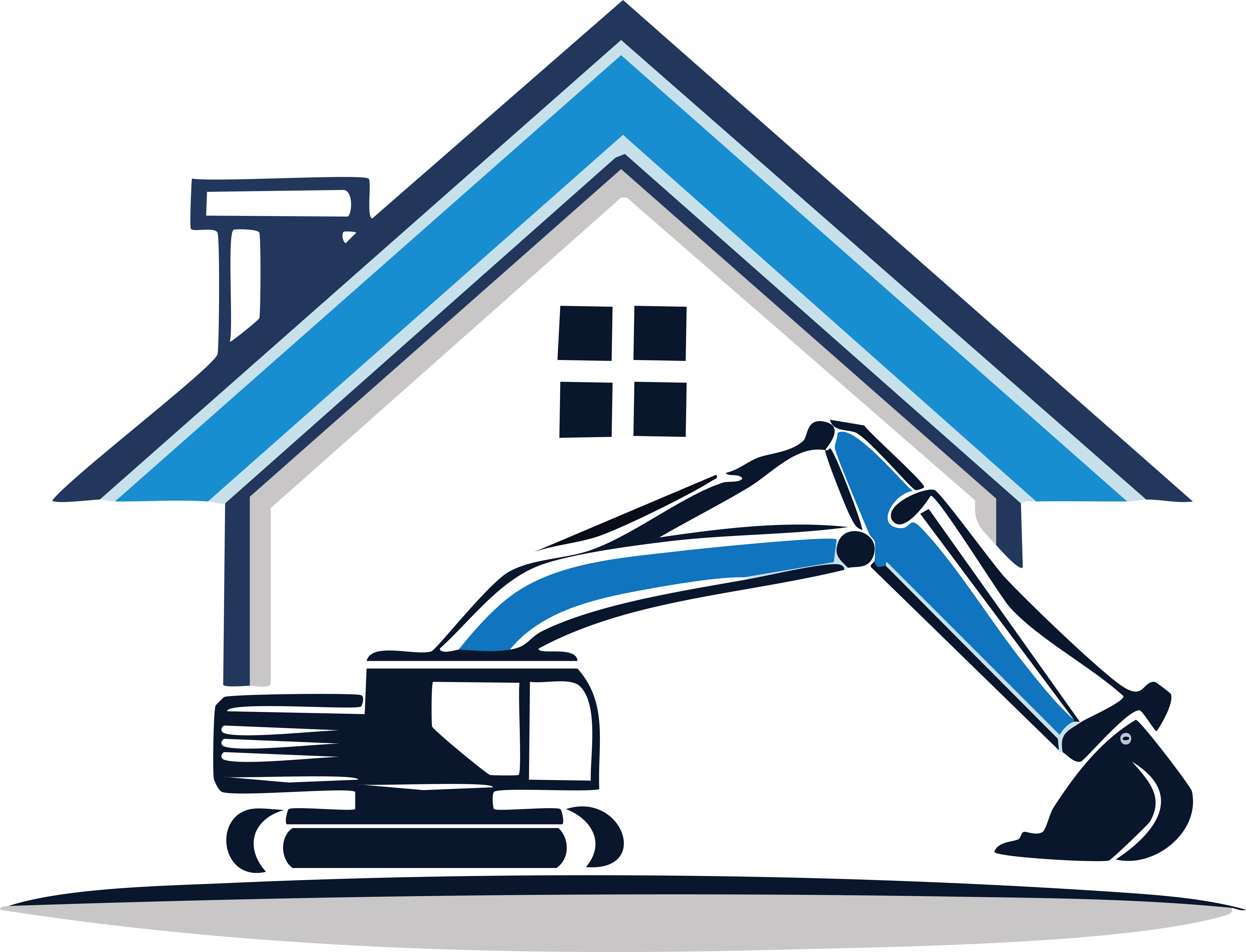When it comes to the sensitive task of demolishing historic buildings, the process involves a complex maze of challenges. Balancing the need for preservation with progress and abiding by legal requirements can make historic building demolition a subject of great concern for city planners, engineers, and architects. This article will explore the complexities involved in this process, focusing on the crucial aspects of demolition, demolishing historic buildings, and the intricate details of historic building demolition.
1. Understanding the Importance of Preservation
Why Preserve?
Historic buildings represent the architectural heritage, culture, and history of a region. Preservation helps in maintaining these symbols of identity and connects generations through tangible links to their past. But how does this fit into the contemporary need for growth and development?
Demolishing Historic Buildings: A Necessary Evil?
Sometimes, demolishing historic buildings becomes a necessity due to structural instability or to make way for urban development. Yet, this process needs to be handled with care to ensure that the rich heritage is not lost forever.
We are experienced Demolition Company based in Melbourne, Victoria that offer top-tier demolition services all around Melbourne and across Victoria, Australia.
For all your Demolition needs contact us to GET FREE QUOTE NOW!
2. Historic Building Demolition: A Complex Process
Legal Requirements
Demolishing a building with historical significance involves adhering to stringent legal requirements. Often, a thorough investigation is required to determine the building’s historic value, followed by permits and adherence to guidelines that dictate how demolition must occur.
Methodology of Demolition
The techniques used in the demolition of historical structures differ greatly from those used in conventional demolitions. Special care must be taken to document the structure and, where possible, to salvage materials for future use or study.
Environmental Considerations
Environmental regulations play an essential role in the demolition process. Ensuring that demolition does not adversely affect the surrounding environment is crucial, which often means complying with a myriad of legal standards.
3. Balancing Preservation with Progress
Adaptive Reuse
Rather than complete demolition, adaptive reuse can be a viable option. This involves modifying the existing structure to serve a new purpose, preserving the building’s historical elements while accommodating modern needs.
Community Involvement
Engaging the community in the decision-making process can lead to a better understanding of the importance of preservation versus the need for progress. Community-driven decisions often strike a balanced approach.
Coordinated Planning
Integrating historic preservation into urban planning can help in striking the right balance. By considering the value of historic buildings within the larger context of urban development, a more harmonious approach to progress can be achieved.
Conclusion
The task of demolishing historic buildings is fraught with complexities and demands a careful and nuanced approach. By understanding the value of historic structures, complying with legal requirements, considering environmental impacts, and seeking a balanced perspective between preservation and progress, historic building demolition can be handled responsibly and thoughtfully.
Through careful planning and consideration, the seemingly contradictory goals of preserving history and fostering progress can be reconciled. The lessons learned from our past can be retained and integrated into our modern world, allowing for a richer, more meaningful connection to our shared cultural heritage.
By shedding light on the various facets of historic building demolition, it is our hope to contribute to a more informed discussion on this critical subject and guide the way towards a future where both our past and future coexist in harmony.

